Short Papers
// Call for short paper
EuroVis 2022 features a short paper track to present late-breaking results, work in progress, and follow-up extensions or evaluations of existing methods.
A EuroVis short paper describes a more focused and concise research contribution and is likely to have a smaller — yet still significant — scope of contribution than a full paper. Short papers draw from the same paper types as full papers, as well as the same list of suggested topics. The following descriptive examples, which are characterized in contrast to full papers, may be helpful in understanding what kinds of submissions may be suitable for short papers:
- A new visualization technique or system and evidence of its utility compared to known techniques or systems (described in sufficient detail to assist an expert reader in replicating the technique or system, but without exhaustive implementation detail and evaluation).
- An incremental improvement or variation of an existing visualization technique or system with convincing evaluation.
- An extensive evaluation of an existing visualization technique or system.
- A well-proven counter-example to an existing visualization technique that helps to understand its limitations.
- A new implementation approach that has demonstrably addressed a significant technical issue (without extensive evaluation of the implementation).
- A new methodology for designing or studying visualization systems that has demonstrable benefits for the EuroVis community (without extensive evaluation of the methodology).
- The practical application of established visualization techniques or a design study that can provide insights for visualization research on which future contributors can build.
// important dates
Submission deadline: February 28, 2022
Notifications: April 1, 2022
Camera Ready Version: April 15, 2022
All submission deadlines are at 23:59 GMT on the date indicated.
// INSTRUCTIONS
Submissions for the short paper track should be at most 4 pages in CGF latex style, with an additional page allowed for references. All submissions must be original works that have not been published previously in any conference proceedings, magazine, journal, or edited book.
Short papers are to be submitted using the Precision Conference System (PCS).
Short papers will be peer-reviewed in a one-stage process by an international program committee. Short papers will be electronically archived and are fully citable publications. All accepted short papers will be presented orally at the conference.
For detailed paper preparation and submission instructions please refer to the submission guidelines below.
// Short paper chairs
For any questions concerning short paper submissions please contact the Short Paper Co-Chairs at shortpapers@eurovis.org.
// SUBMISSION GUIDELINES
FORMATTING INSTRUCTIONS
In order to submit to Eurovis 2022 Short Papers, authors prepare their submissions as a PDF file using the Eurovis 2022 LaTeX2e Style (including a document class, a style file, a sample source file, and a corresponding PDF output file). Use EGauthorGuidelines-eurovis22-short.tex for your submission.
Please make sure that an image embedded in your paper does not contain transparent pixels (i.e., an alpha channel of a transparent color) because this will lead to problems when the resulting PDF is displayed or printed.
Submissions can also include supplementary material such as videos or executable programs. The server will accept uploads of at most 200 MB, so multiple files of over 200 MB must be submitted separately. We encourage the use of digital videos to support paper submissions, particularly if part of, or all of the work covers interactive techniques. Please use only the most common video codecs (e.g., MP4 format using the H.264 codec) to maximize the chances that the reviewers can see it.
Short papers are limited to a maximum length of 4 pages (plus an optional page only with references).
Short papers are submitted using the Precision Conference System (PCS).
AUTHORS GUIDELINES
Eurovis 2022 short paper submissions will undergo a one-stage review process. Authors have the option to submit their papers anonymously. In contrast to previous years, double-blind reviewing is optional, not required: authors may choose to disclose their identities to the reviewers. The reviewing process does not consider anonymity as a factor. The process will attempt to preserve anonymity of authors of anonymized submissions. However, the program committee, which is responsible for all the reviews, will know the authors of submissions reviewed by them. You need to provide a complete list of authors when submitting your short paper so that members of the program committee can avoid conflicts of interest during reviewer assignment. All authors must be specified in the submission system (but not in the paper) at the time of the submission. Adding additional authors after the acceptance of a paper is not acceptable.
All submissions must be original works that have not been published previously in any conference proceedings, magazine, journal, or edited book. Concurrent submissions are strictly forbidden. If it is determined that a manuscript is simultaneously under the consideration by another publication venue, the manuscript will be rejected.
We expect that the submissions will clearly discuss the novel and significant contributions as well as place them in the context of prior art in the field. Authors should highlight how their contributions differ from previous work and advance the state of the art in visualization. Among the venues for important prior art are journals such as Computer Graphics Forum and IEEE Transactions on Visualization and Computer Graphics as well as conferences like Eurovis, SciVis, InfoVis, VAST, and PacificVis. All short papers accepted to Eurovis 2022 appear in the Eurographics digital library and are fully citable publications.
At least one author of an accepted paper must register and attend the conference to present the work, and authors will also be required to present a brief (less than one-minute) summary of their talk at the opening papers preview session (also called papers fast-forward).
Contributions must be written and presented in English.
Our conference will adhere to the following ethics guidelines for reviewers, which can be found on the Reviewer Guidelines page.
